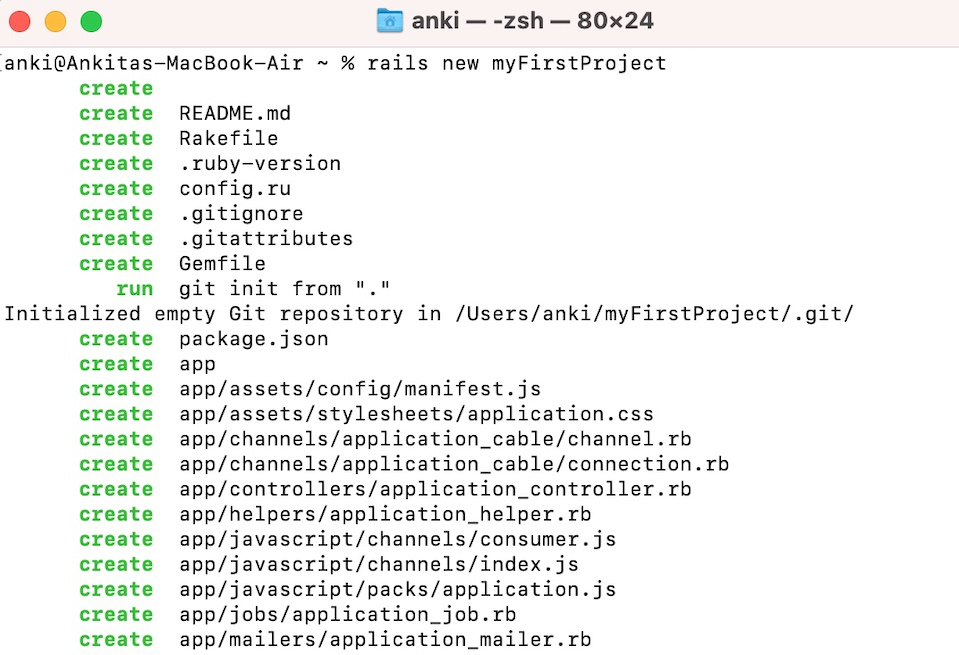The ZMDK Chronicles
Dive into a realm of news and insights with 0396zmdfk.
Rails and Tales: Adventures in Ruby Development
Unleash your coding potential! Dive into Rails and Tales for thrilling Ruby adventures, tips, and tricks that will elevate your development game!
Getting Started with Ruby on Rails: A Beginner's Guide
Getting started with Ruby on Rails can be an exciting journey for aspiring web developers. This powerful framework, built on the Ruby programming language, allows you to create robust, scalable web applications rapidly. To begin your journey, first, ensure you have Ruby installed on your machine. You can easily install the Rails gem using the command gem install rails. Familiarizing yourself with the structure of a Rails application is crucial; typically, you will encounter folders like app, config, and db, each serving specific purposes in your project.
Once you've set up your environment, you can generate a new Rails application with the command rails new myapp. This command creates a new directory for your app, complete with default configurations and files. The next step is to dive into creating your first controller and model—the building blocks of your application. Rails follows the Model-View-Controller (MVC) architecture, which helps in organizing code cleanly. Use the commands rails generate controller Welcome index and rails generate model Post title:string body:text to get started. With these basics in place, you are well on your way to mastering Ruby on Rails!

Common Pitfalls in Ruby Development and How to Avoid Them
When it comes to Ruby development, several common pitfalls can hinder both productivity and code quality. One major mistake is neglecting proper understanding of object-oriented programming principles, which Ruby heavily relies on. Without a solid grasp of encapsulation, inheritance, and polymorphism, developers may end up producing code that's difficult to maintain. Additionally, inefficient use of gems can lead to bloated applications. It's crucial to evaluate the necessity and reliability of each gem you include in your project to prevent performance issues.
Another frequent issue is the lack of effective testing. Many Ruby developers overlook unit testing and integration testing, which can result in bugs escaping into production. To avoid this, establish a comprehensive testing strategy using frameworks like RSpec or Minitest. Moreover, poor understanding of Ruby's performance optimization techniques, such as memoization and lazy loading, can lead to inefficient code execution. By focusing on these areas and implementing best practices, developers can significantly improve their Ruby applications.
How to Optimize Your Rails Application for Performance
Optimizing your Rails application for performance is crucial for delivering a seamless user experience. Start by analyzing your application's performance with tools like New Relic or Scout to pinpoint bottlenecks. Once identified, consider implementing caching strategies such as fragment caching or Russian Doll caching to minimize database queries. Additionally, using background jobs with tools like Sidekiq helps offload heavy tasks from your main application thread, leading to improved response times.
Another vital aspect of performance optimization is database query optimization. Ensure that your Active Record queries are efficient by using includes to avoid N+1 query problems. You should also analyze your database indexes and consider adding or modifying them to speed up frequent queries. Additionally, consider implementing asset pipeline techniques, such as minifying and concatenating your CSS and JavaScript files, which helps decrease load times. By focusing on these areas, you can significantly enhance the overall performance of your Rails application.